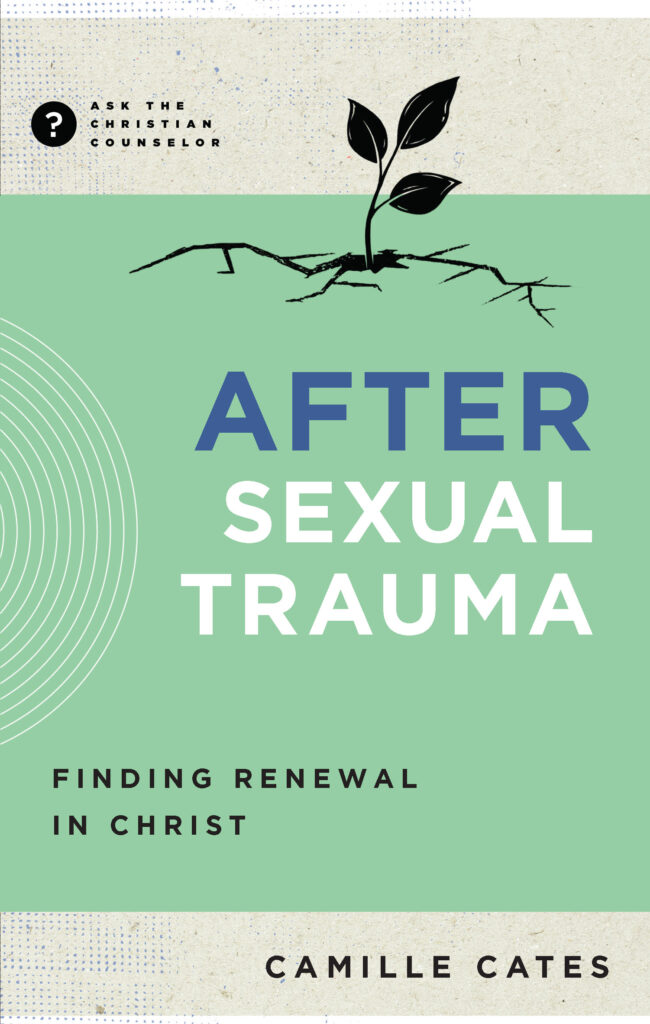As I stepped forward to take the witness stand, I gripped a gold locket in my hand, trying to keep my nerves from unraveling with each step past the judge, jury, prosecution, and defense. Inside the locket was a photo of my baby girl when she was four months old. I was about to testify in the capital murder trial of my ex-boyfriend—the man who had sexually assaulted her and shaken her to death. I had waited nearly four years for this moment, desperate for closure on the most haunting chapter of my life.
Sitting on the stand, I couldn’t bring myself to look at him. Fearful that I might burst into tears, I glanced at the prosecutor, who gave me a reassuring nod. I uttered a silent prayer to God for help, and a peace began to settle in, one that held firm even as the defense attorney worked to rattle me and paint me in the worst possible light.
“Mrs. Cates,” he began, “how long were you in a relationship with the defendant?”
“Almost two months,” I replied.
“Oh, so not long,” he retorted.
“And you claim that you became pregnant by the defendant during this time?”
“Yes.”
“You later had an abortion, which you said was the defendant’s baby, isn’t that right?”
“Yes.”
“Didn’t you really become pregnant by—” he named an old boyfriend.
“That’s incorrect,” I responded firmly.
The prosecution objected to this line of questioning, challenging its relevance. But it was clear what the defense was doing. He wasn’t just trying to discredit my testimony—he was trying to discredit me. By planting seeds of doubt about my character, he was rewriting the narrative for the jury. In his version, I wasn’t a grieving mother seeking justice. I was the antagonist of the story.
But even before the trial began, the story had already been twisted—by the man who had taken my daughter’s life. That’s how it often begins, isn’t it? A perpetrator rewrites the story to protect themselves. They minimize what happened, shift the blame, or outright lie. They portray themselves as misunderstood—or worse, as the victim. And too often, people believe, repeat, and defend the new narrative. That’s what happened in my case. The defense attorney’s attack was built on my ex-boyfriend’s false narrative.
Has Your Story Been Twisted?
Maybe your trauma wasn’t put on trial in a courtroom, but you still felt interrogated—your story twisted, your character questioned. Perhaps it wasn’t a defense attorney or law enforcement officer who tried to rewrite the truth, but a friend, family member, teacher, or pastor you confided in. Instead of compassion, you were met with scrutiny. Instead of being believed, you were made to feel like you had to defend yourself. Their response may have left you feeling exposed, dismissed, or even blamed. And somewhere in it all, the truth of what happened to you got buried under someone else’s version of your story.
Sadly, this pattern is also present in how some biblical narratives are interpreted. Take Bathsheba, for example. Growing up, I recall hearing sermons that claimed she was brazenly bathing on a rooftop. In truth, it was David who was on the rooftop, committing voyeurism and plotting adultery. Bathsheba is still often portrayed as a seductress, rather than a woman summoned by a king, whom she had little to no power to refuse. Her story mirrors what many survivors face: assumptions and blame written into their story by others. Then there’s Dinah, Jacob’s daughter, whose narrative is often shifted to focus on her brothers’ avenging their own reputation while her trauma is overlooked. This reflects a painful reality for many survivors, who are often left out of their own stories, overshadowed by others’ responses.
God Sees You
But Scripture also reminds us that while people may twist the narrative, God never does. Psalm 89:14 tells us this about God’s character: “Righteousness and justice are the foundation of your throne. Unfailing love and truth walk before you as attendants.” God sees every hidden injustice. He knows the full truth of your story. And one day, he will make it known. Jesus said, “For all that is secret will eventually be brought into the open, and everything that is concealed will be brought to light and made known to all” (Luke 8:17 NLT).
You may not see justice in this life, but the story doesn’t end here. One day, we will all stand before the Great Judge, who judges with perfect justice and mercy (1 Peter 2:23). Revelation 20:12 gives us a peek into the future: “The books were opened . . . and the dead were judged according to what they had done.” For those who trust in Jesus, the record of wrongs is covered by his righteousness. Our names are written in the Book of Life—secured by Jesus himself.
If your story has been twisted, silenced, or dismissed, take heart—God sees you, believes you, and is not finished with your story. He offers more than justice; he offers redemption and a new beginning through his Son Jesus. May you find hope and healing in the One who never gets your story wrong.
After Sexual Trauma
After Sexual Trauma combines biblical insights with Camille Cates’s personal and counseling experience to offer a message of hope. Each chapter addresses common questions and struggles faced by those who have experienced sexual trauma, including understanding the initial shock and confusion, addressing self-blame, understanding how God views victims, discussing the physical, mental, and emotional effects, and finding healing and wholeness.







